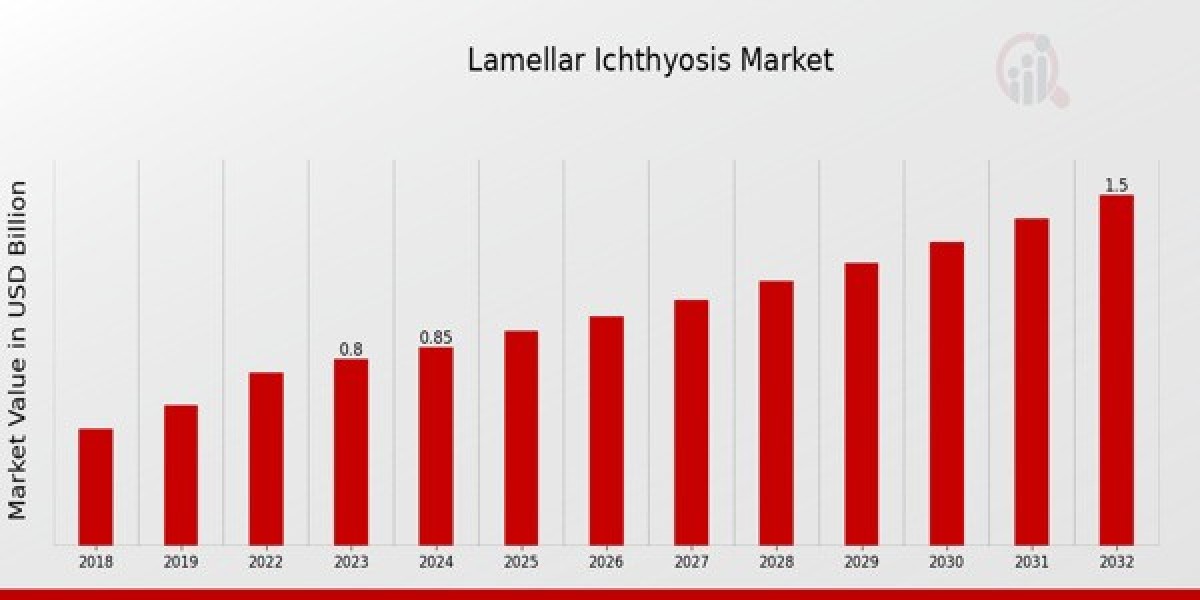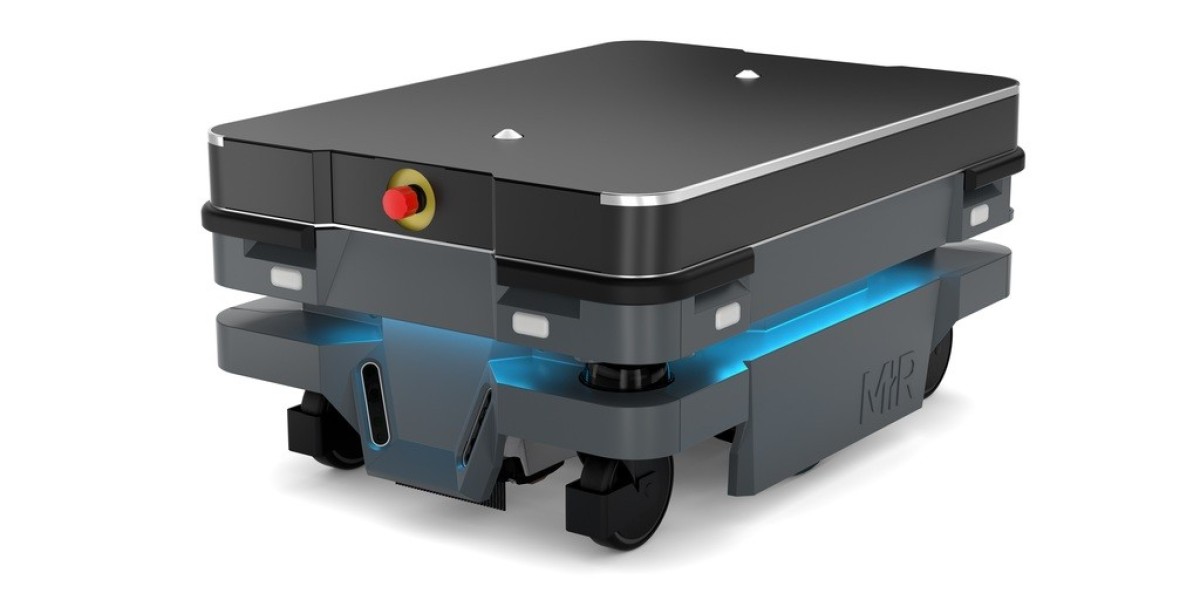Lamellar ichthyosis (LI) is a rare genetic skin disorder that affects individuals from birth, causing thick, scaly skin that appears in a plate-like form. This condition falls under the broader category of ichthyosis, a group of disorders characterized by dry, scaly skin. Lamellar ichthyosis can significantly impact a person's quality of life, requiring continuous care and management.
What Causes Lamellar Ichthyosis?
Lamellar ichthyosis is caused by mutations in the TGM1, ABCA12, and other genes involved in skin barrier formation and keratinization. These mutations affect the skin’s ability to shed dead skin cells properly, leading to the accumulation of thick, scaly layers. It is an autosomal recessive disorder, meaning that an affected child must inherit two copies of the faulty gene—one from each parent.
Symptoms of Lamellar Ichthyosis
The condition is usually present at birth, with newborns often covered in a tight, clear membrane known as a collodion membrane, which eventually peels off. As the child grows, they experience:
✔ Thick, brownish, or gray scales on the body
✔ Dry, rough, and cracked skin
✔ Difficulty in sweating, leading to overheating
✔ Ectropion (outward turning of the eyelids)
✔ Tightened skin around joints, restricting movement
✔ Frequent infections due to skin barrier defects
Challenges in Managing Lamellar Ichthyosis
Since lamellar ichthyosis has no cure, treatment focuses on managing symptoms and improving skin hydration. Some of the biggest challenges include:
? Maintaining Skin Moisture – The skin lacks a proper barrier function, making it prone to extreme dryness and cracks. Frequent application of emollients and keratolytic agents (like urea or lactic acid) is necessary to soften the scales.
? Temperature Regulation – Many individuals with LI have difficulty sweating, increasing their risk of heat exhaustion. Staying hydrated and avoiding excessive heat exposure is crucial.
? Eye and Vision Problems – Ectropion (outward eyelid turning) can lead to eye dryness and irritation, requiring artificial tears and ophthalmologic care.
? Preventing Infections – Cracks in the skin can allow bacteria and fungi to enter, leading to frequent infections. Regular skin hygiene and antibiotic treatments may be necessary in some cases.
Lamellar Ichthyosis Market Overview
As per MRFR analysis, the Lamellar Ichthyosis Market Size was estimated at 0.91 (USD Billion) in 2024. The Lamellar Ichthyosis Market Industry is expected to grow from 0.98 (USD Billion) in 2025 to 1.85 (USD Billion) till 2034, at a CAGR (growth rate) is expected to be around 7.32% during the forecast period (2025 - 2034).
Treatment and Advancements in Research
While no definitive cure exists, research continues to explore gene therapy and advanced skin treatments. Some current treatment approaches include:
? Retinoids (Vitamin A Derivatives) – Medications like acitretin can help reduce scaling, but they must be used cautiously due to potential side effects.
? Topical Therapy – Moisturizers containing ceramides, urea, and glycerin help restore hydration and reduce scaling.
? Gene Therapy Potential – Scientists are exploring genetic treatments to correct faulty genes responsible for LI, offering hope for long-term solutions.
? Stem Cell Therapy – Emerging research suggests that stem cell-based skin grafts may help regenerate normal skin function in affected individuals.
Living with Lamellar Ichthyosis
Managing lamellar ichthyosis requires a lifetime commitment, but with proper skincare, medical interventions, and support, individuals can lead fulfilling lives. Many patients find community support groups helpful for sharing experiences and staying updated on new treatments.
Final Thoughts
Although lamellar ichthyosis is a challenging condition, ongoing research and treatment innovations offer hope for better management and improved quality of life. Advances in gene therapy, retinoid treatments, and regenerative medicine may pave the way for more effective solutions in the future.
For more information, please visit @marketresearchfuture.
Explore Our Latest Reports
? Cognitive Health Supplement Market
? Stay ahead in the healthcare industry. Browse our latest insights now!








